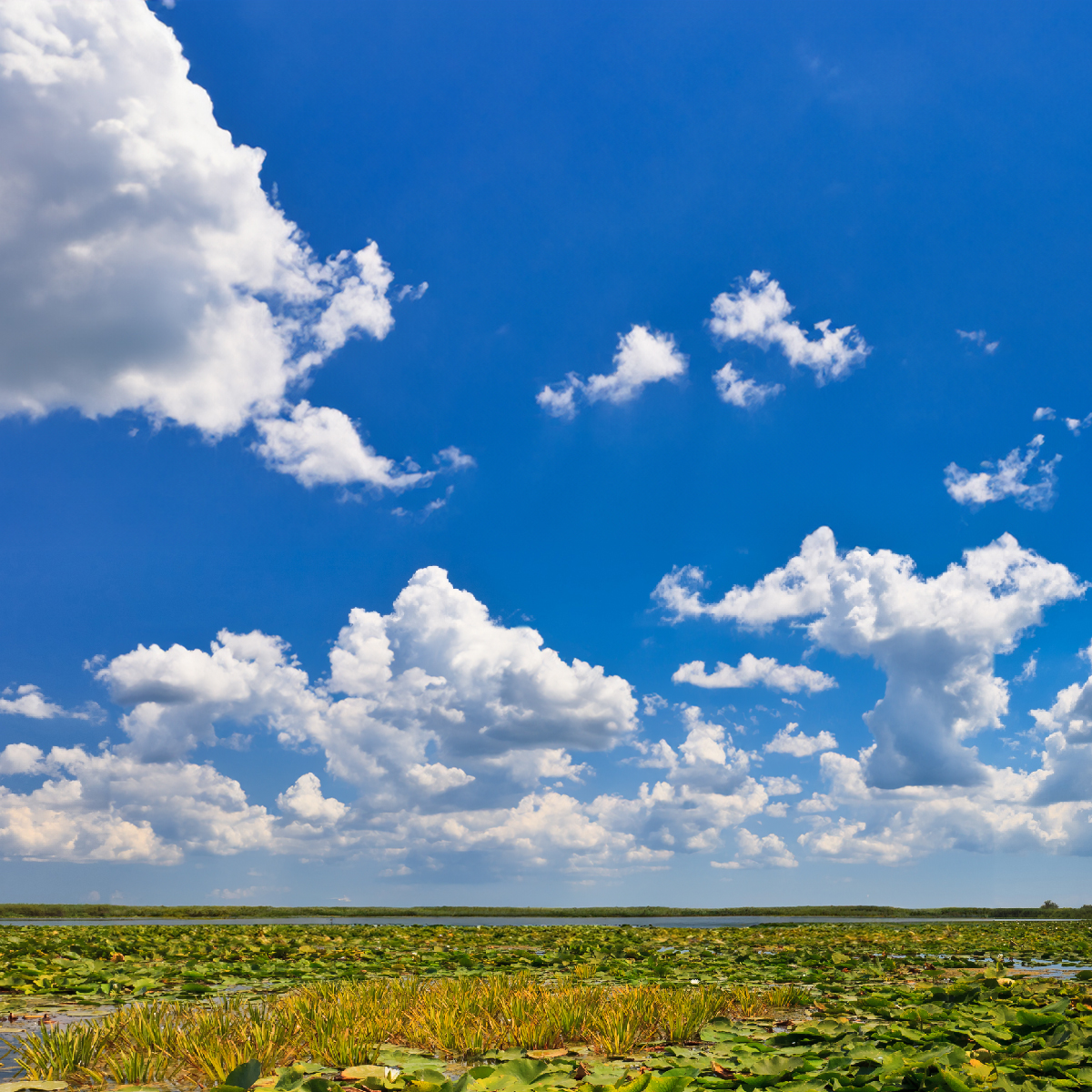The abiotic (the water and sediment fluxes, the physico-chemical properties of water and sediment) and biotic ( the biodiversity, structure and functionality of food webs) characteristics of deltaic systems depend on the level of hydrological connectivity with the main river channel. The Danube Delta bears the imprint of the evolution of climatic and anthropogenic conditions that in recent centuries have intensely transformed the natural conditions of the Danube river basin. These changes (morphological, hydrological, sedimentological, ecological, etc.) at the scale of the receiving basin have been amplified by the recent anthropogenic developments (in the last 200 years) within the delta; these have affected the hydrological connectivity, producing local readjustments of the riverbed morphology and, implicitly, interruptions in the trophic chain caused by the decrease in the liquid and solid transport capacity on the anthropogenically rectified meanders and, also implicitly, towards the interdistributary depressions.Therefore, the need to monitor hydrological connectivity descriptors, which mainly include the frequency, duration, time and rate of exchange of different water bodies and sediments, must be taken into account in order to avoid ecological and economic disaster. In this regard, the development of an Intelligent Hydrological Connectivity Monitoring System dedicated to the anthropized ecosystems in the Danube Delta becomes necessary, because it would help prevent and manage correctly, quickly and efficiently the emergency situations that may occur following the degradation or even the interruption of hydrological connectivity. This Intelligent Monitoring System will significantly reduce the costs related to the field campaigns for measurements. An integrated method for monitoring the hydrological connectivity of the Danube Delta will be developed, allowing the real-time detection of both the interruptions in water and the sediment flows and, thus, the blockages in the food chain, as well as the possible pollution. The installation of this system in vulnerable locations will help the local and national administrations, the environmental authorities and other stakeholders to make timely decisions, in order to restore the hydrological connectivity so that both the ecological disasters (interruptions in the functionality of the food chain, pollution) and the economic difficulties (navigation difficulties or even interruptions in river circulation caused by reduced water flows or siltation of riverbeds) can be avoided.


